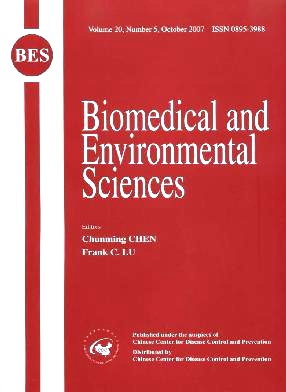Passive Smoking in China: Contributing Factors and Areas for Future Interventions
-
Key words:
- Qualitative study /
- Passive smoking /
- China
Abstract: To reduce tobacco consumption and exposure to passive smoking in China.Methods Discussion consisting of 80 focus groups and 35 interviews were held in three rural intervention counties of Jiangxi,Henan,and Sichuan Provinces. Participants came from hospitals,schools,rural areas,and urban areas.Results Tobacco use and exposure to passive smoking were widely prevalent in the investigated schools,hospitals,county towns,and rural areas. Knowledge of the risks for passive smoking on health is lacking,especially in rural areas. Barriers to the control of tobacco use in public places include reluctance of administrators to implement tobacco control policies,lack of consistent policies,difficulties with regulations and enforcement,and reluctance of non-smokers to exercise their right to clean air.Conclusion To curb the current tobacco epidemic in China,tobacco control efforts must focus on reducing exposure to passive smoking. A strategy should be formulated to reduce the factors that contribute to tobacco use and exposure to passive smoking.
| Citation: | SHAO-JUN MA, JUN-FANG WANG, CUI-ZHU MEI, XUE-FANG XU, GONG-HUAN YANG. Passive Smoking in China: Contributing Factors and Areas for Future Interventions[J]. Biomedical and Environmental Sciences, 2007, 20(5): 420-425. |







 Quick Links
Quick Links
 DownLoad:
DownLoad: